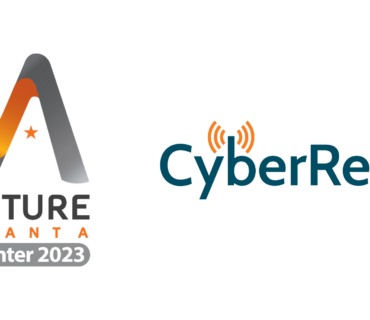Enterprise Mobility Strategy: BYOD, CYOD, and COPE — Choosing the Right One
There Is No One-size-fits-all Enterprise Mobility Strategy
Each has its pros and cons. A successful enterprise mobility strategy depends on which policy will be used. One of the fundamental aspects of deploying an EMS is deciding on the policy. With an estimated 1.4 billion mobile workers operational since 2015, the time is now to make the right decision on strategy.
Enterprise Mobility Strategy from a Business Perspective
Currently, businesses have three options:
- Bring Your Own Device (BYOD)
- Choose Your Own Device (CYOD)
- Corporate-Owned Personally Enabled (COPE)
BYOD: Alternatively called BYOT (Bring Your Own Technology) or BYOP (Bring Your Own Phone), this enterprise mobility strategy allows employees to use their personally owned devices to handle business data, rather than a company-owned and -provided device. This option is popular with small businesses and companies with limited resources for the reason that it reduces the expense of providing sanctioned devices to each employee.
CYOD: With CYOD, companies allow employees to choose from a limited selection of devices to use for handling business data. For instance, a company could allow its employees to use a Blackberry or iPhone but not an Android. This method of enterprise mobility management gives a company a greater degree of control over security while still allowing for flexibility in expense management.
COPE: COPE is a mobility management model in which a business provides its employees with mobile devices and allows the employees to use them as if they were personally-owned. The organization usually purchases the device and assumes responsibility for the monthly data costs. This option gives a business the greatest control over its mobile security. While there is more expense associated with COPE, larger companies can buy devices in bulk at discounts; also, the provision of expense-free mobile devices to employees can be considered a perk that helps the company become more competitive in the job market.
A recent enterprise mobility white paper and the accompanying article published by Managed Mobility Services (MMS) provider Calero weigh the pros and cons of each option. Learn more about how to design a mobile strategy and program that aligns with your organization’s vision and goals by contacting the experts at CyberReef Solutions.







